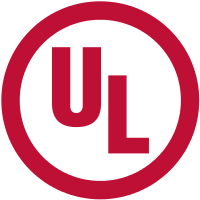VOC Emissions Testing of Interior Products to ASTM D5116 & ASTM D6670
Developed by ASTM International, ASTM D5116 and ASTM D6670 are widely referenced guidelines for conducting dynamic environmental chamber testing to determine volatile organic compound (VOC) emissions from indoor materials and products. These standards serve as the basis for most emissions testing to determine a product’s impact on indoor air quality. Definition ASTM D5116 and ASTM D6670 guidelines are considered best practices in the industry and can be used for a variety of applications. The ASTM D5116 guidelines apply to testing representative samples in a small chamber (typically about 90 L), and ASTM D6670 applies to testing complete product samples in full-scale environmental chambers. Because product emissions testing and exposure modeling is an ever-evolving science, the ASTM guidelines serve as building blocks for developing new and innovative product emissions testing (e.g., innovative test development may be required when testing exposure levels for certain products and services where no proven standard exists). Or, if a manufacturer is receiving customer complaints about a product’s odor, an assessment may be required to identify potential sources. When customized product emissions testing is required, ASTM D5116 and ASTM D6670 serve as the foundation for test development. Benefits The burden is on manufacturers to understand and mitigate health risks and consumer complaints associated with chemical emissions from their products. Manufacturers need a proven, trusted partner who understands the risks, regulations and benefits of testing, and who can innovate when no standards exist. A pioneer and trusted partner in environmental chamber testing laboratories, UL has built a proprietary database of chemicals, sources and toxicology thresholds to help our customers develop products with lower impact on indoor air quality. UL is uniquely qualified to conduct specialized product emissions testing to meet even the most challenging, complex needs, from conducting risk assessments to identifying the sources of odors and testing for compliance with green labeling programs or international mandates.Visit the UL International (UK) Ltd website for more information on VOC Emissions Testing of Interior Products to ASTM D5116 & ASTM D6670






